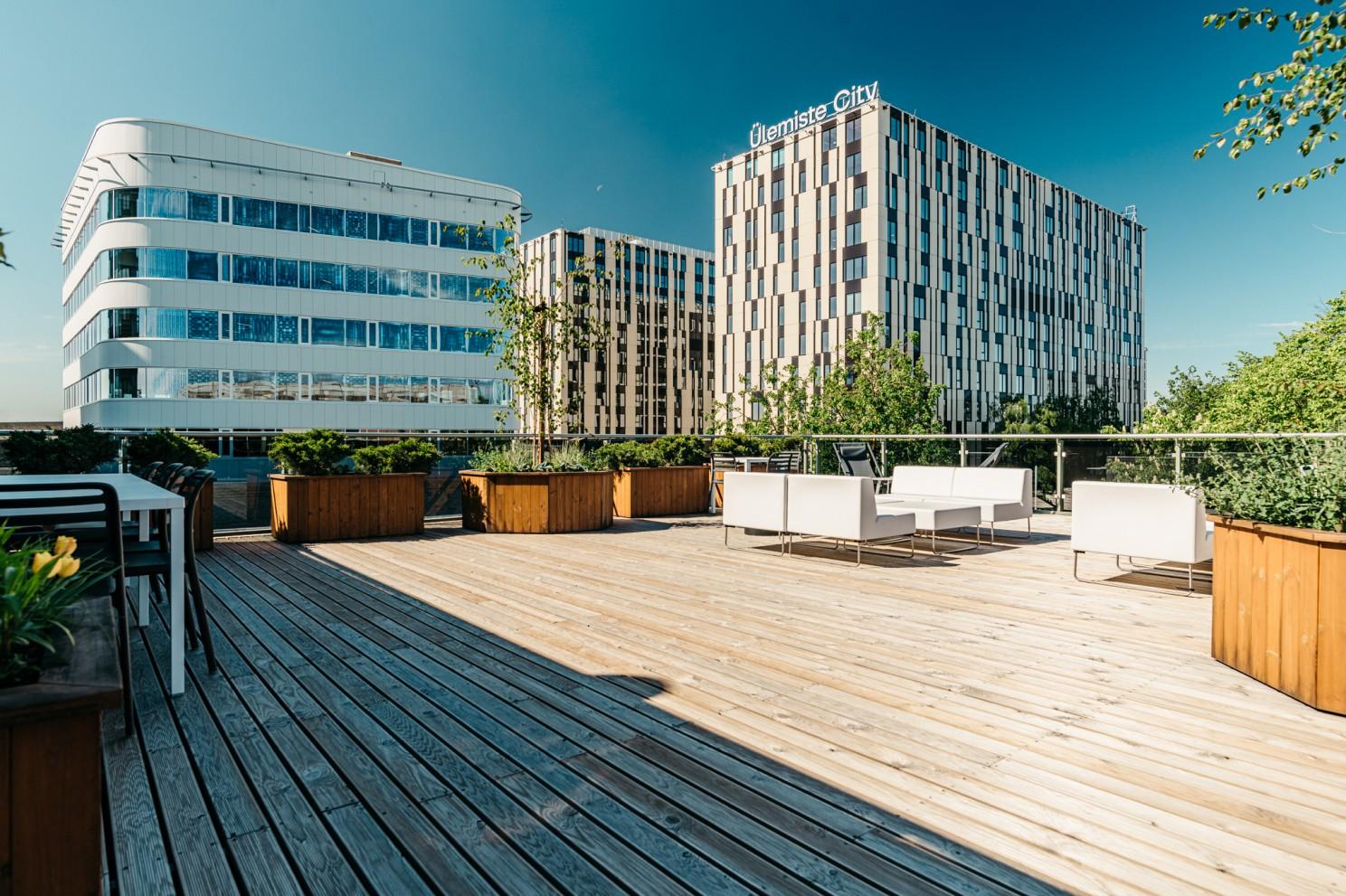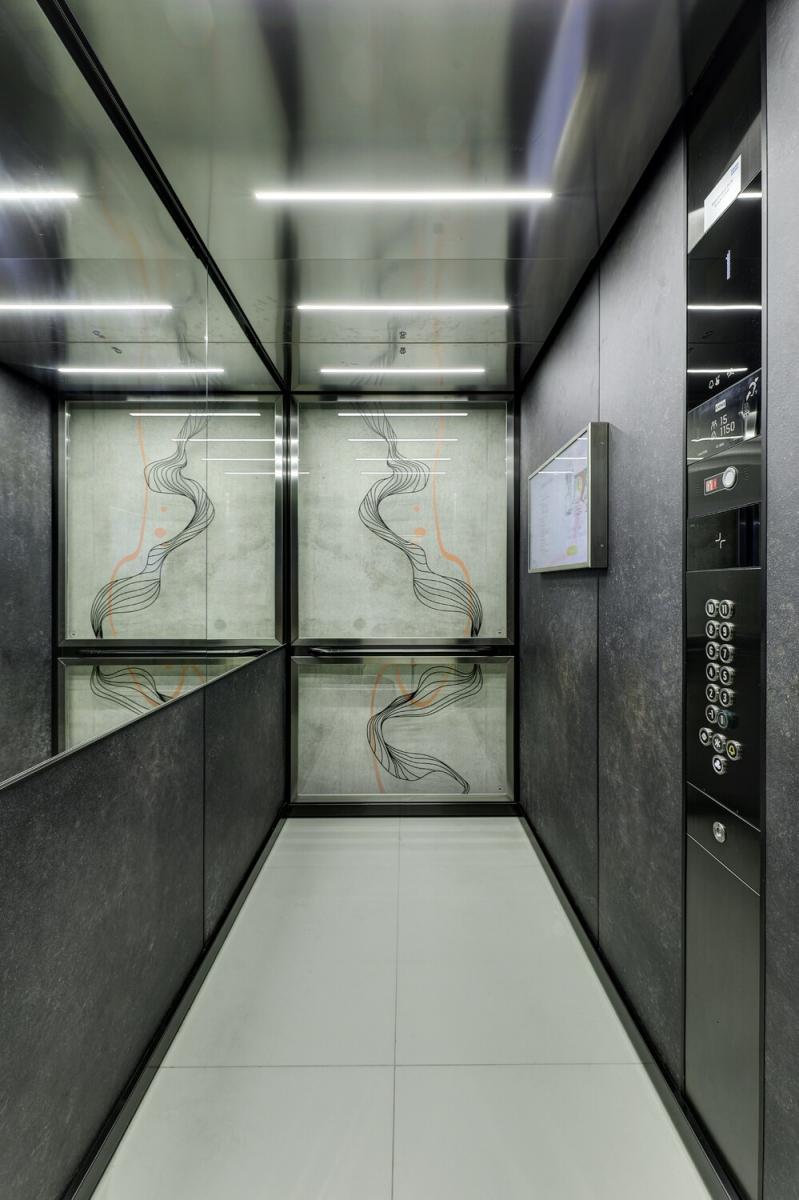Estonia: Ülemiste City Enhances Comfort and Efficiency with Elevator Data
Ülemiste City, the largest business campus in the Baltics, has achieved a groundbreaking milestone in smart building technology by using elevator data to optimize heating, ventilation, and air conditioning (HVAC) systems. The innovative collaboration between KONE, Mainor Ülemiste, and R8 Technologies has resulted in up to a 36% reduction in energy consumption and emissions, setting a new benchmark for sustainable commercial real estate operations.
Managing indoor climate in large commercial buildings has always been a challenge, with property managers striving to balance tenant comfort with energy efficiency. Recognizing this challenge, the partners turned to an unconventional data source—elevator movement patterns—to gain valuable insights into building occupancy and adjust energy usage accordingly.
KONE, a global leader in elevator and escalator manufacturing, had already been utilizing 24/7 Connect technology to collect data for predictive maintenance and improved people flow within buildings. This prompted the partners to explore whether the same data could be leveraged to enhance energy efficiency across the campus. According to Rene Klesment, CTO of Mainor Ülemiste, the idea was simple yet effective: if elevator data could provide insights into how and when people move within the building, HVAC systems could automatically adjust heating and cooling levels to match occupancy trends.
Ülemiste City served as the ideal testing ground for this innovative approach. The partners selected an eight-year-old, 13-floor building with six elevators to serve as a pilot project, using it as a real-life testbed to experiment with future technologies. HVAC systems, which account for up to 70% of a building’s total energy consumption, were identified as a critical area for potential efficiency improvements.
R8 Technologies, a fast-growing technology company specializing in AI-driven building management solutions, played a pivotal role in the project by integrating their proprietary AI software, R8 Jenny, into the building’s automation systems. The AI solution analyzed elevator usage data and created adaptive occupancy-based climate control strategies. As explained by Siim Täkker, CEO of R8 Technologies, the system was able to predict behavioral patterns, such as a typical 90% office vacancy by 5 PM on Fridays, while also dynamically adjusting for unusual events like office parties or public holidays.
Täkker emphasized the efficiency of the solution, stating that no additional sensors or hardware installations were required. Instead, existing elevator data was seamlessly integrated into the building’s digital infrastructure, maximizing resource utilization and minimizing investment costs. “We didn’t have to add new sensors or cameras because we could leverage elevators as an information source. It was a great way to maximize the use of existing infrastructure,” he said.
The results of the pilot project were remarkable. The test building saw a significant reduction in both energy consumption and carbon emissions, with projected annual savings of up to €50,000 and 140 tons of CO2 emissions. Importantly, the optimization process was carried out without disrupting tenant comfort—there were no complaints from occupants regarding temperature fluctuations, indicating a seamless transition to a smarter energy management system.
The success of the Ülemiste City project highlights the potential for similar solutions to be applied across other commercial properties worldwide. Tero Hottinen, Vice President and Head of Strategic Partnerships at KONE, noted that this project exemplifies how elevator data can go beyond its traditional applications. “We were able to take our elevator data ‘out of the shaft’ so to speak, combine it with advanced algorithms, and use it as a secret sauce to optimize HVAC systems,” he said. He also expressed optimism about expanding the concept to other operational areas such as maintenance scheduling and janitorial services, further enhancing building efficiency and sustainability.
Looking to the future, the success of this collaboration demonstrates how smart technology can create a more sustainable built environment while maintaining high levels of tenant satisfaction. The Ülemiste City initiative serves as a blueprint for the future of commercial real estate, where data-driven solutions are not only improving operational efficiency but also contributing to broader sustainability goals.
As businesses worldwide continue to focus on reducing their environmental footprint, the Ülemiste City project stands as a testament to the power of innovation, collaboration, and the intelligent use of data to create better, more efficient spaces for people to work and thrive.
Source: Kone
Photos: Ülemiste City, © Mainor Ülemiste and Kone










